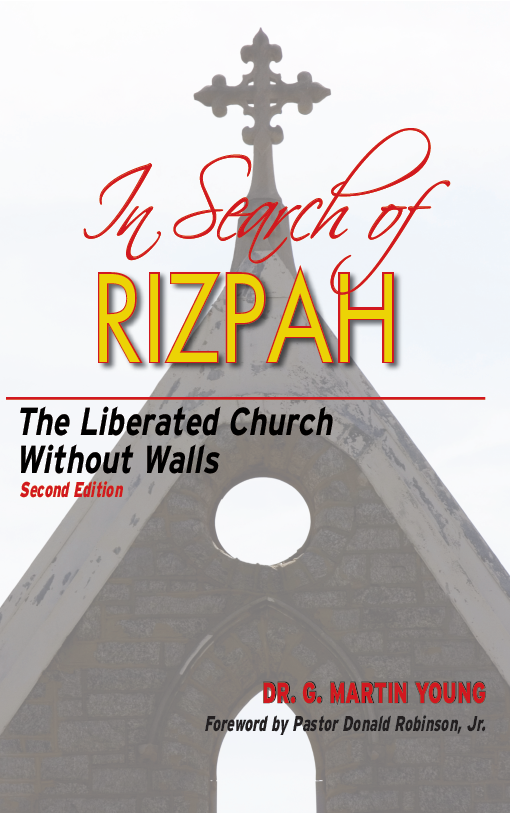The acts of Rizpah (2 Samuel 21:10) are unequaled in the history of the sages of old. The record declares that this woman took sackcloth, which was usually made of goat’s hair and was worn by mourners, she spread it over a rock to keep watch over the bodies of her sons many months or until the autumn rain began. She maintained her vigil in the vast, open field in tremendously inclement weather. She exemplifies an unparalleled model of devotion, for not only watching over the two boys over her two boys but the five belonging to someone else as well. Her defense of them from the preying animals if left unattended, is remarkable. Although this narrative appears grim and tragic, it narrates Rizpah’s exceptional witness of persistence and tenacity that is truly great.
Her vigil is the essence of Liberation Theology. The Old Testament prototype of the New Testament Church seeks to help those inside and outside of the church. Rizpah encourages her own disciples and others who will become disciples. Dr. Juwanza Kunjufu of African American Images observed that there are three types of churches in America: (1) the Maintaining Church that simply seeks to maintain the status quo. As long as the bills are paid, she is happy to let things stay the same; (2) the Entertaining Church that seeks to provide amusement and pleasure via a performance guaranteed to give those who come to the House of Prayer a ‘high time’. However, those who come often leave with little spiritual sustenance to face the enemy in the days ahead; and (3) there is the Liberating Church that prayerfully seeks to make a difference in her community and reaches beyond to embrace the world.” She is Rizpah in our midst!
This book highlights four chapters, four lessons on church stewardship emphasizing “What shall we render to God.”
